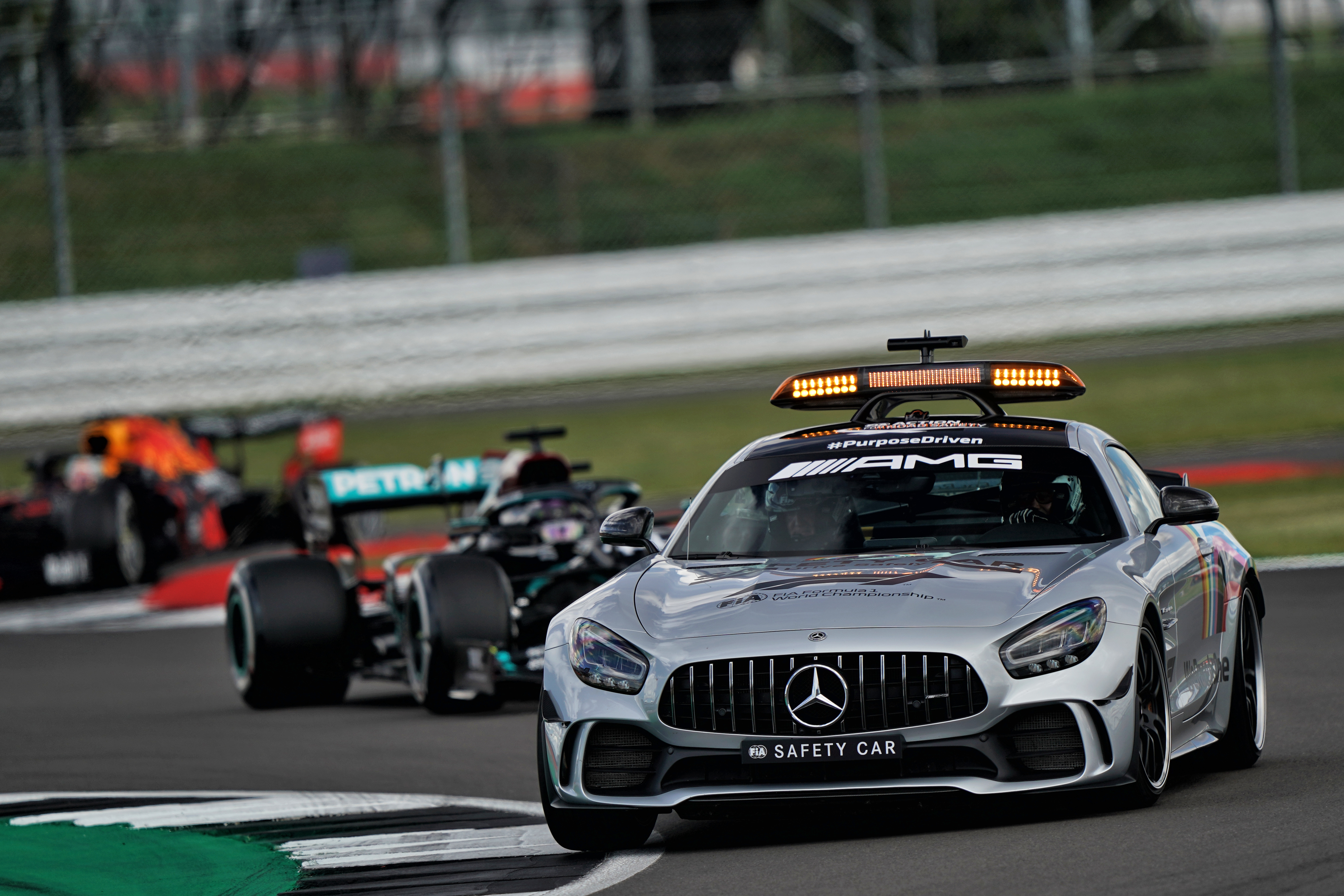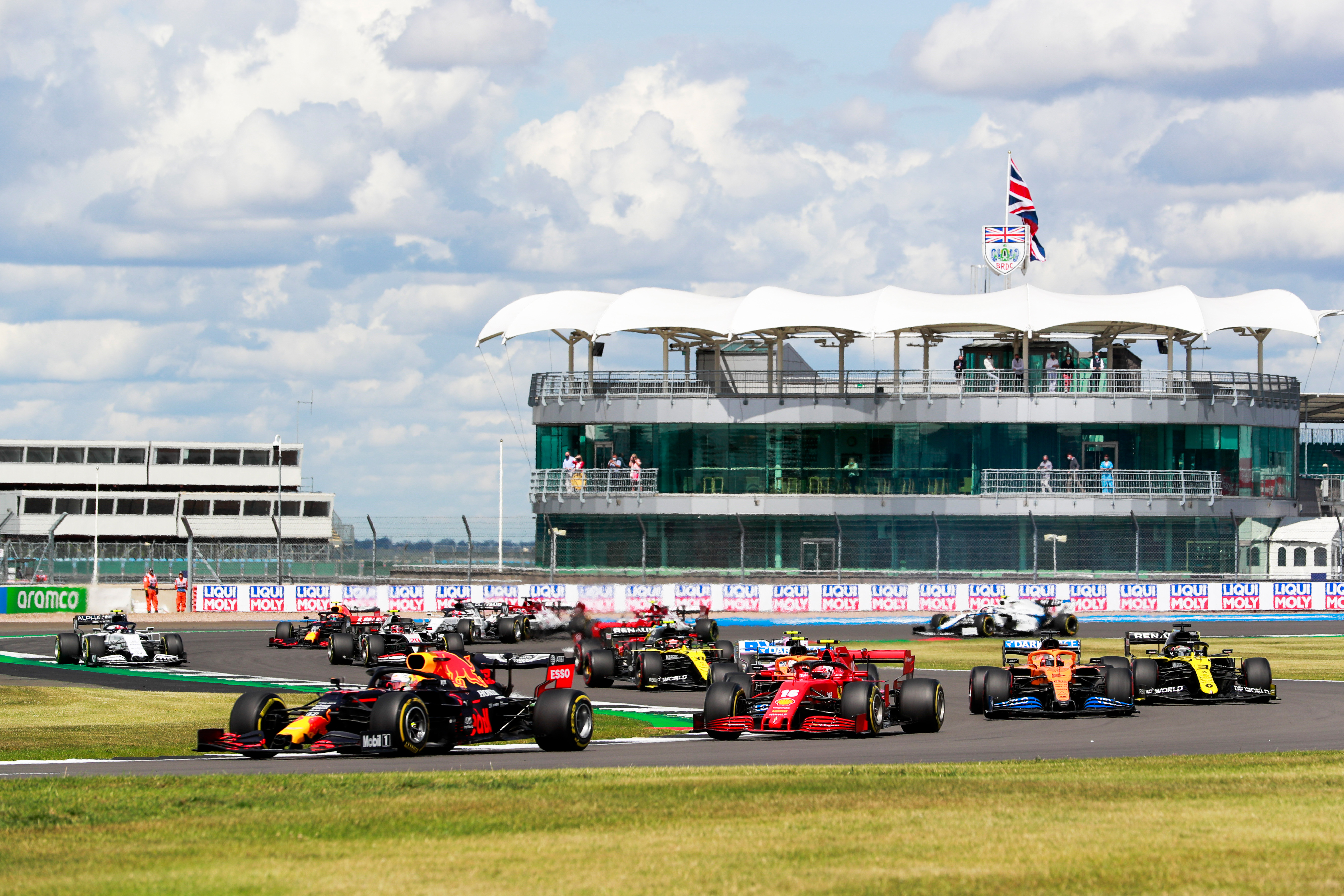Up Next

In the wake of last Sunday’s Silverstone tyre failures, Pirelli has said that it plans in the future to develop tyres that suffer significant performance loss well before the tread has worn away completely, thereby not giving the teams any reason to keep their cars out towards the end of the tread life.
The failures last Sunday on the cars of Valtteri Bottas, Carlos Sainz Jr, Lewis Hamilton and (on the slow-down lap) Nicholas Latifi were the result of wear, Pirelli says – not debris damage.
Basically, the tread had been worn down to zero, after which all that was left holding the tyre together was the tread ring between the tread area and shoulder – and once this was worn away there was nothing to keep the carcass properly attached to the sidewalls, which stayed in place even after the detachments.
The teams had no way of knowing they were running the tread down to zero but furthermore, the tyres were still giving good performance right up to the moment there was no tread left.
This is a situation that can occur at tracks where the limiting factor of the tyre life is wear. At other circuits, the defining limit is heat degradation, which limits the performance and makes it quicker to pit and replace the tyres. This can happen long before the tread is anywhere near its limit. In extreme cases, the tyres can be not worth keeping on even with more than half the tread depth still on them.
At tracks where there is plenty of straight-line running to cool the tyres between corners, it can often be that the tyres never do get into significant heat-degradation and can continue to perform well even as the tread wears all the way down. On these occasions, it becomes feasible from a performance viewpoint to do longer stints.

If a safety car situation should stretch the stint length (as at Silverstone where the Daniil Kvyat-induced safety car led teams to pit between 8-12 laps earlier than planned) the chances of that long stint running the tyre to the tread limit obviously increases. This is what happened at Silverstone.
The wear rate was higher than expected but the performance remained good. At a track inducing heat degradation of the tyres, such a stint of 38-40 laps would not have been desirable as it would have lost too much race time.
F1 has been guilty before of attacking one problem at a time and recreating old problems that had previously been cured
Romain Grosjean – whose left-front medium tyre was down to zero tread as he pitted at the end of his first stint – in his position as a GPDA director, said: “Obviously, we are not very happy the tyres went that way. The tyres should force you to pit before the wear or puncture.”
It’s a point that Pirelli’s Mario Isola has promised to address.
“It looks like the level of grip was still good when the tyres are worn,” said Isola.
“This is something we have in mind for the future to generate a loss of performance when the tyre is worn.”

But there will almost certainly be a downside to this.
It was only two years ago that Pirelli addressed the criticism of drivers having to drive too far off the pace in order to make the fastest strategy work. For 2018 it produced a tougher tyre designed to allow the drivers to push harder without creating overheating of the rubber.
Unless Pirelli can come up with a different mechanism to heat-deg for reducing the tyre’s performance on low tread, it risks putting F1 right back where it was before the 2018 improvements were made.
It risks recreating races where the heat-degradation will be so serious that drivers will be having to circulate 3-5s off their real pace just in order to get competitive stint lengths and not be forced into extra pitstops.
F1 has been guilty before of attacking one problem at a time and recreating old problems that had previously been cured.
F1 will need to work with Pirelli to come up with a solution that isn’t worse than the problem.





